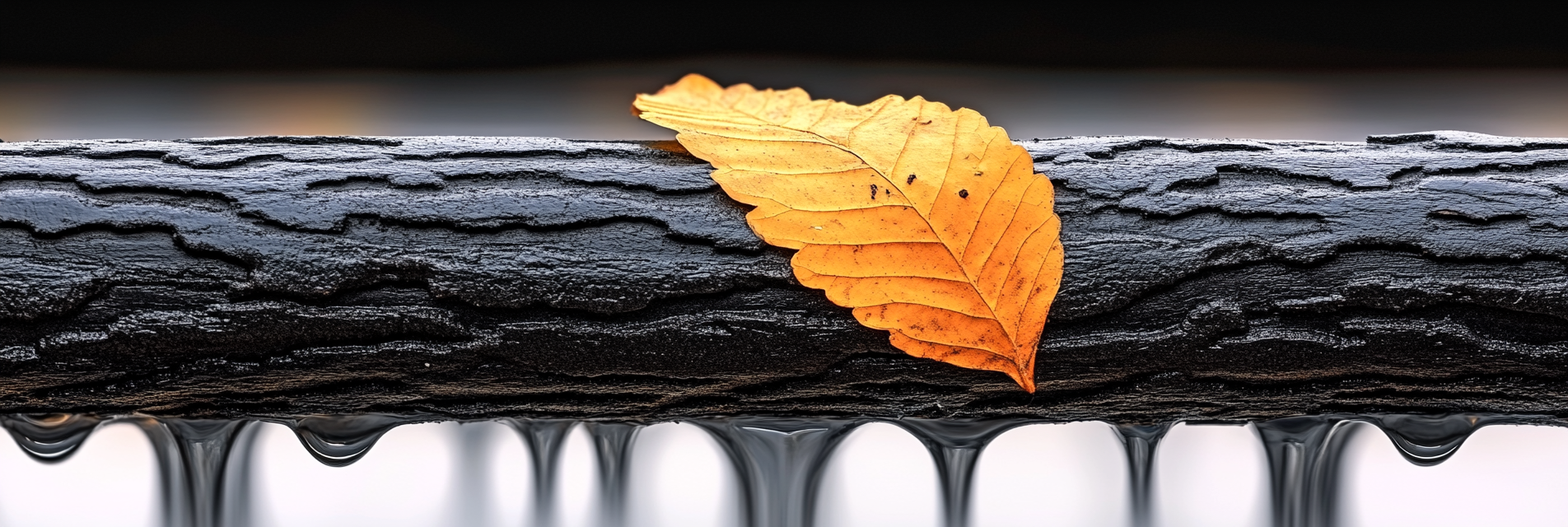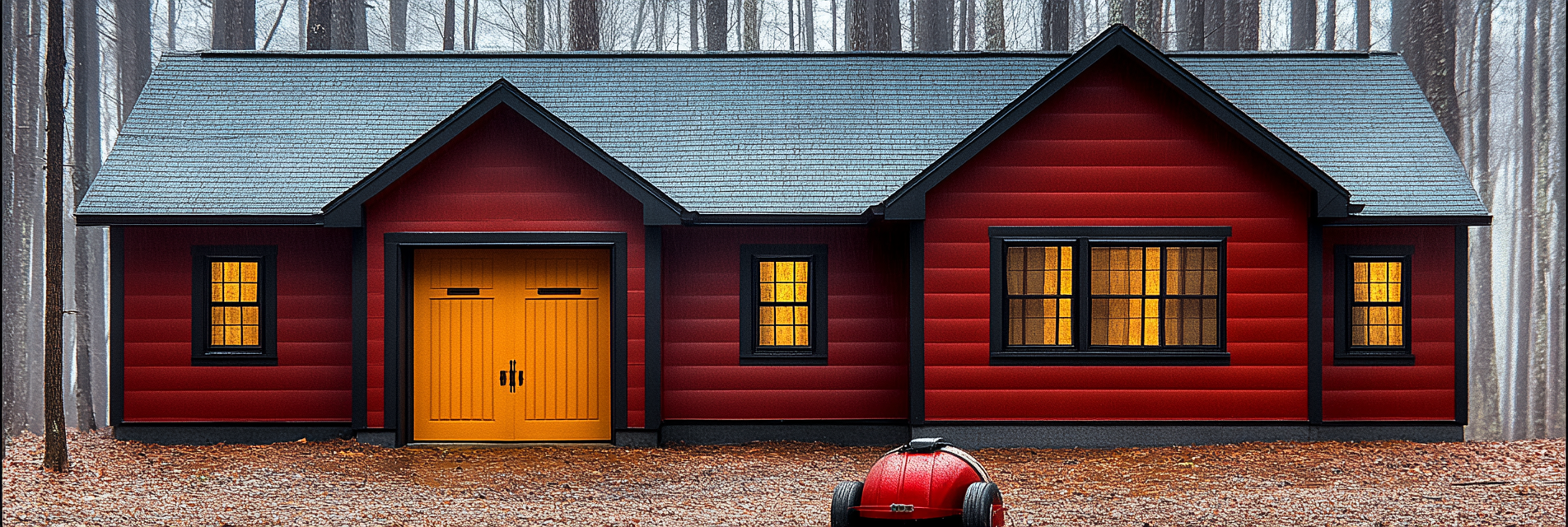Washington state, especially its eastern regions, has seen an increase in wildfires during the dry seasons. Preparing your home and creating an effective wildfire safety plan can significantly reduce risks and keep your family safe. This article covers essential steps for wildfire preparation, home hardening, evacuation planning, and staying informed during fire season.
1. Creating Defensible Space Around Your Home
Defensible space is a buffer created between your home and the surrounding vegetation, reducing the risk of wildfire reaching your home:
- Immediate Zone (0-5 feet):
- Remove flammable plants, mulch, and dead leaves near the house.
- Replace vegetation with fire-resistant options such as succulents or rock gardens.
- Use non-combustible materials like gravel or stone for landscaping.
- Intermediate Zone (5-30 feet):
- Keep grass cut to a maximum height of 4 inches.
- Space trees and shrubs at least 10 feet apart.
- Prune tree branches up to 6-10 feet above the ground to prevent fire from climbing.
- Extended Zone (30-100 feet):
- Reduce dense underbrush and dead vegetation.
- Ensure that trees are spaced far enough apart so their canopies do not touch.
2. Home Hardening Techniques
Making your home more resistant to fire involves structural improvements and using fire-resistant materials:
- Roofing and Siding:
- Use Class A fire-rated roofing materials such as metal, clay tiles, or asphalt shingles.
- Replace wood siding with fire-resistant options like fiber-cement or stucco.
- Windows and Vents:
- Install double-paned or tempered glass windows to better withstand heat.
- Use metal mesh screens (with openings 1/8 inch or smaller) over vents to prevent embers from entering.
- Gutters and Eaves:
- Keep gutters free of leaves and debris, which can catch fire easily.
- Box in eaves with fire-resistant materials to prevent ember intrusion.
3. Preparing an Emergency Go-Bag
An emergency go-bag is essential for quick evacuations:
- Go-Bag Essentials:
- Important documents (copies of insurance policies, identification, medical records).
- Water (bottled or portable water filter) and non-perishable food.
- Flashlight, batteries, and a battery-operated or hand-crank radio.
- First aid kit, prescription medications, and extra clothing.
Product Tip: The Go Time Gear Life Tent can serve as a temporary shelter if you need to evacuate and find yourself without shelter.
4. Planning for Evacuation
Create an evacuation plan to ensure your family knows what to do if a wildfire threatens your area:
- Identify Multiple Routes: Familiarize yourself with at least two exit routes from your neighborhood.
- Plan for Pets and Livestock: Have carriers and supplies ready for pets and make a plan for livestock evacuation if applicable.
- Establish a Meeting Point: Choose a safe location where your family can regroup if separated during evacuation.
5. Maintaining a Communication Plan
Staying informed and communicating effectively during a wildfire is crucial:
- Sign Up for Alerts: Enroll in local emergency alert systems to receive real-time updates on wildfire activity.
- Create a Contact List: Have a list of emergency contacts and share it with family members.
- Two-Way Radios: Invest in two-way radios for communication if cell service is disrupted.
6. Fire-Resistant Landscaping and Outdoor Maintenance
Implement landscaping strategies to reduce fire risks:
- Choose Fire-Resistant Plants: Select plants that are high in moisture and low in resin, such as lavender or sage.
- Create Firebreaks: Use paths, stone walls, and driveways as natural barriers to slow down the spread of fire.
- Regular Maintenance: Clear leaves, pine needles, and dead vegetation from your yard, roof, and gutters.
7. Fire Safety Equipment for Your Home
Ensure your home is equipped with essential fire safety tools:
- Fire Extinguishers: Keep ABC-rated fire extinguishers in accessible areas, including the kitchen, garage, and hallways.
- Fire Blankets: Store fire blankets in key locations for quick access.
- Water Hoses: Have long hoses ready that can reach all parts of your home and property.
8. Protecting Your Home’s Air Quality
Wildfire smoke can have serious health impacts. Take steps to maintain indoor air quality:
- Air Purifiers: Use HEPA air purifiers to filter out smoke particles.
- Seal Windows and Doors: Use weather stripping and caulk to seal openings and prevent smoke from entering.
- N95 Masks: Keep a supply of N95 masks for family members to use if going outside is necessary.
- Air Filters: Change your filters often during fire season.
Product Tip: The Levoit Core 300 Air Purifier is a compact, highly effective option for filtering out smoke and other airborne particles.
9. Preparing for Power Outages
Wildfires often lead to power outages. Be prepared with these tips:
- Backup Power Source: Have a generator or solar-powered charger available.
- Portable Power Banks: Keep power banks charged for cell phones and small devices.
- Manual Tools: Store a manual can opener and other non-electric tools for food preparation.
10. Post-Fire Safety and Recovery
Returning home after a wildfire requires caution:
- Wait for Clearance: Only return home when authorities say it is safe.
- Inspect Your Property: Check for structural damage, hotspots, or embers that could reignite.
- Document Damage: Take photos and videos for insurance purposes.
- Wear Protective Gear: Use gloves, masks, and sturdy shoes when cleaning up debris.
Conclusion
Wildfire preparedness involves a comprehensive approach that includes home hardening, creating defensible space, emergency planning, and having the right tools and equipment. By taking these precautions, you can protect your home, safeguard your family, and respond effectively during wildfire season. Paul Lindberg’s Dryer Fire Fighters advises all homeowners to prioritize wildfire safety and readiness for the well-being of their loved ones.
Serving the communities of:
Kennewick | Pasco | Richland | West Richland | Finley | Burbank | Benton City | Prosser | Grandview | Connell
As the sole certified dryer exhaust technician recognized by CSIA.org in the Tri-Cities area, Paul brings a wealth of expertise to fire prevention. His primary focus lies in addressing the root cause of many residential fires: lint buildup in dryer cavities and vents. Through rigorous inspections and thorough cleanings, Paul ensures that families and businesses can enjoy peace of mind, knowing their properties are safeguarded against fire risks.








































